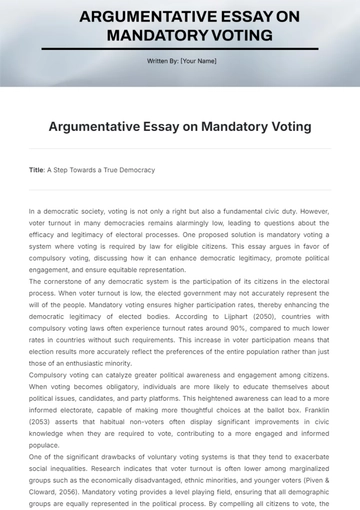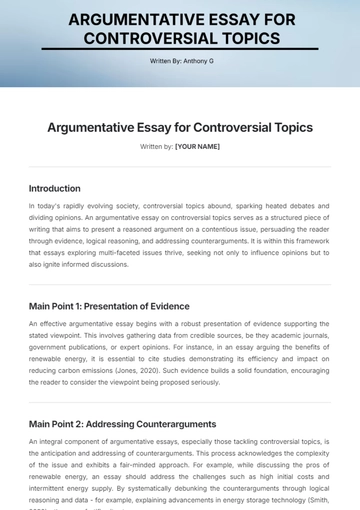Free Teen Cyberbullying Argumentative Essay

By: [Your Name]
Cyberbullying has become a critical issue affecting teenagers across various regions and communities. Unlike traditional bullying, cyberbullying utilizes digital platforms such as social media, text messaging, and online forums, making it pervasive and difficult to escape. This essay argues that while efforts to combat cyberbullying have been made, there is a pressing need for more comprehensive strategies to effectively address this issue. The essay will examine the impact of cyberbullying on teens, evaluate current interventions, and propose enhanced solutions to better tackle this growing concern.
The Impact of Cyberbullying
Cyberbullying can have serious and lasting consequences for teenagers. Victims frequently experience heightened levels of anxiety, depression, and even suicidal thoughts. Research indicates that teenagers who are targeted by cyberbullying are at a higher risk of developing mental health issues compared to those who are not. The anonymity and reach provided by digital platforms often embolden perpetrators to engage in more severe forms of harassment, causing significant emotional distress for victims.
Furthermore, cyberbullying can adversely affect academic performance and social relationships. Victims may withdraw from school activities or social interactions due to fear or shame, leading to further isolation and exacerbating their mental health struggles. This isolation often creates a cycle that is challenging to break, impacting overall well-being and development.
Evaluating Current Interventions
A variety of measures have been implemented to address cyberbullying, including school policies, awareness campaigns, and legislative actions. Schools often have codes of conduct that address cyberbullying, and many educational institutions run programs to educate students about online safety and respectful behavior. Additionally, some regions have enacted laws specifically targeting cyberbullying, mandating that schools take action when incidents are reported.
Despite these efforts, the effectiveness of current interventions is often limited. Awareness campaigns and policies can be beneficial, but they sometimes lack the resources and enforcement needed for meaningful impact. Reports suggest that many schools face challenges with inconsistent implementation of their policies, and victims may hesitate to report incidents due to concerns about retaliation or stigma.
Proposed Solutions
To more effectively address cyberbullying, a multi-pronged approach is needed. Firstly, educational institutions should integrate comprehensive digital citizenship programs into their curricula. These programs should educate students not only about the consequences of cyberbullying but also about responsible online behavior and how to support peers affected by such harassment.
Secondly, there should be greater collaboration between technology companies, educators, and policymakers. Social media platforms and communication apps need to enhance their reporting systems and implement proactive measures to detect and address cyberbullying. Additionally, technology companies should invest in tools that assist parents in monitoring their children's online activities while respecting privacy.
Finally, accessible and integrated mental health support services are crucial. Schools and communities should provide resources such as counseling and support groups to help victims of cyberbullying cope with their experiences and mitigate long-term psychological effects.
Conclusion
Cyberbullying is a significant and growing issue that affects teenagers across the globe, with severe implications for their mental health and overall well-being. Although current measures have made some progress in addressing the problem, they are often insufficient and inconsistent. A more comprehensive and collaborative approach, encompassing education, technology, and mental health support, is essential for effectively combating cyberbullying. By implementing these strategies, we can work towards creating a safer and more supportive environment for all teenagers, ensuring that the digital world becomes a space of positive connection rather than harm.
- 100% Customizable, free editor
- Access 1 Million+ Templates, photo’s & graphics
- Download or share as a template
- Click and replace photos, graphics, text, backgrounds
- Resize, crop, AI write & more
- Access advanced editor
The Teen Cyberbullying Argumentative Essay Template from Template.net is an editable and customizable tool designed to streamline your writing process. Perfect for students and professionals, this template provides a structured framework for crafting a persuasive essay on cyberbullying issues. Easily adjust the content to fit your perspective and style, saving time while ensuring a clear, impactful argument against teen cyberbullying.





























